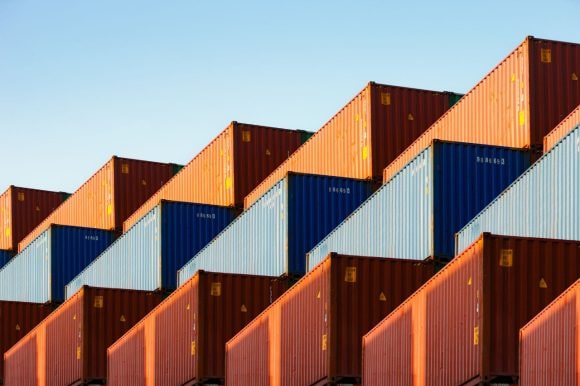Executive summary
Ongoing supply chain transformation is likely to deepen, driven by intensifying geopolitical rivalries, emerging new technologies, concerns over supply chain resilience, and the search for efficiencies. While this process is potentially disruptive, it also presents an opportunity to improve the sustainability profile of companies’ supply chains. This is due not just to the benefits that accrue from improved sustainability, like lower transition, reputational, and legal risks, or improved employee retention and morale. It is also about future-proofing supply chains against a tightening regulatory environment and growing consumer demands for sustainability in companies’ operations.
The global trading system has seen various waves of globalization and realignment since the late 19th century, driven by geopolitics, technological change, and shaped by commercial priorities. What makes this time different is the increasing importance of sustainability—both environmental and social—requiring supply chains to be optimized differently. Regulations like the EU’s Corporate Sustainability Due Diligence Directive, make large companies, and eventually smaller ones too, responsible for the environmental and social damages not just of their own operations, but those of their supply chain as well. These types of changes, which are being considered by countries around the world, would likely require new tools and investment, and a shift from a “least cost” to a “least risk” mindset.
A four-pillar framework to improve supply chain sustainability
Evaluate: Improving a supply chain starts with understanding the individual links in the chain. Visibility within supply chains remains low, meaning many companies simply do not know who they are ultimately reliant on, beyond their direct suppliers, to produce their products and services. Even when they are aware, the emissions and other impacts incurred by those suppliers may not be measured; if they are measured, they may not be disclosed; if they are disclosed, they may not be accurate; and if they are accurate, divergent metrics and methods may make comparability across companies and industries difficult or impossible.
Optimize: Balancing of several factors is required. First, replacing links whose sustainability practices fall unacceptably short. Second, looking at supply chain length, and the potential for reducing it. Third, optimizing supply chain logistics via the deployment and utilization of emerging technology solutions, like automated tracing and tracking, to better match supply with demand, maximize efficiency, and minimize waste.
Collaborate: System level improvements require not just avoiding risk (and thereby crowding into the demand for already sustainable products), but proactively seeking to improve the performance of less sustainable supply chain partners. Collaboration is a key part of this. It can take multiple forms, including data-sharing, setting common goals, and making joint decisions. Just 31% of large firms report collaborating with their supply chain on sustainability, versus the 80% who issue a code of conduct to suppliers. But its importance is increasingly being recognized, with BCG finding that companies collaborating on measurement and pursuing joint targets are 1.7 times more likely to be achieving their decarbonization goals.
Develop: This refers to actions and investments made to grow a supply chain’s sustainability capabilities. It can take multiple forms, including sharing expertise; financing new capabilities, like new product lines or supply links; and promoting circularity.
Points for action
Concurrent progress on all four pillars will be required to achieve meaningful progress on supply chain sustainability. This in turn will rely on coordinated action from different stakeholder groups.
Policymakers: The ground rules required to promote measurement, disclosure, data access, and to order the incentive structures required to encourage transformation are ultimately something only policymakers can provide. But simply adding to the regulatory burden is not enough—companies need clarity and consistency of application and enforcement to avoid the creation of unintended consequences and building resentments.
Companies: Many companies have taken steps like writing codes of conducts for their suppliers, requesting data, and setting targets around metrics like emissions. But much remains to be done, with changes in both mindset and approach required along with the deployment of new systems, technology, and collaborations, not just to achieve compliance, but to future-proof against tightening rules and rising expectations.
Finance: Financial stakeholders have a key role to play in driving demands for disclosure and best practice improvements, while also being in a position to enable those improvements via transition finance solutions. Their cross-value chain position allows them to exert both “push” and “pull” factors at different points of the supply chain, from the primary resources’ extraction, through to the delivery of the final product to consumers, and beyond. Finally, survey evidence suggests that companies feel pressure from their finance partners in this area more keenly than that of any other stakeholder, including governments.








